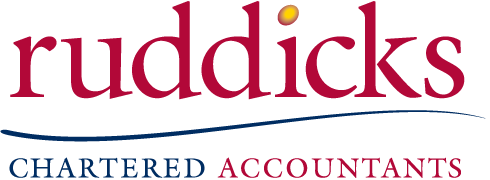Transfer of inactive bank accounts to the government
What are the changes?
In December 2012 the Government amended the definition of "unclaimed money" which means that some money may be identified as unclaimed after a period of 3 years (previously 7 years).
Notably, bank accounts with no withdrawals or deposits for a period of 3 or more years will fall into the "unclaimed money" category. Importantly, payments of fees or receipts of interest are not considered to be withdrawals or deposits.
From May this year, financial institutions are assessing the accounts held with them and transferring the inactive ones to the Commonwealth of Australian Consolidated Revenue Fund. ASIC is responsible for maintaining unclaimed money records, assisting in the identification of account owners and "reuniting" unclaimed money with its owners.
Payment of interest on unclaimed money
From 1 July 2013, when the unclaimed money is paid out to the owner, the government will also pay interest at the rate of Consumer Price Index (CPI) in order to preserve the real value of unclaimed money.
This CPI interest will be tax-free.
Preventing the transfer of your bank accounts
ASIC advises that making even a 5 cent deposit of withdrawal on your bank account once every 2-3 years will prevent the account from becoming "unclaimed". Make sure to do this with all your bank accounts.
Update your contact details with your financial institutions to ensure that they are able to contact you to raise such matters with you.
Reclaiming "lost" money
There is no time limit on when you can reclaim your money. To find out whether there is any unclaimed money held for you, you will need to do a search on ASIC’s MoneySmart website, free of charge: www.moneysmart.gov.au
The website provides you with information on how to make a claim. In many instanc-es you will need to contact the institution who originally provided the unclaimed mon-ey (e.g. your bank) to make your claim.
Please contact your Ruddicks adviser if you have any concerns about the changes to the unclaimed money rules or if you would like some assistance with searching for lost accounts and being reunited with them.

